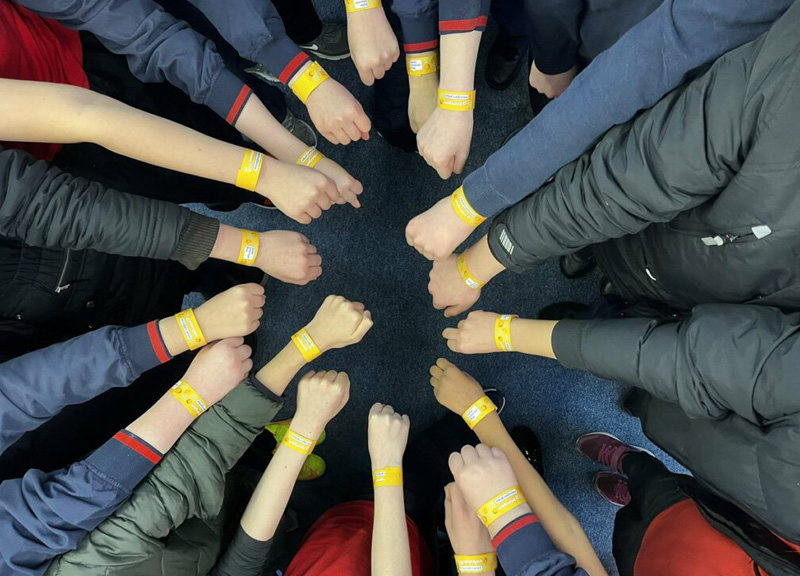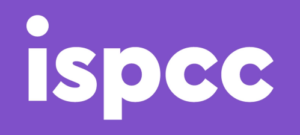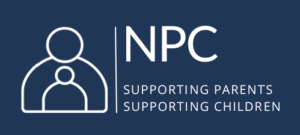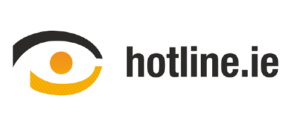False Information – Advice for Parents
The internet and digital technologies are becoming a bigger part of children’s lives, and provide them with many benefits and opportunities. As parents it is important to keep our children safe online, and it not only means getting involved and engaging with them about what they are doing, but also developing an understanding of how the internet works.
From accessing information for homework and study, to connecting with friends, or staying up-to-date on any number of topics, content is sourced online on a daily basis. With so much content available to us, it is important to be able to judge how accurate and reliable our information is. This means asking questions about where our information comes from, who produced it and why, evaluating the impact it may have, and determining to what extent it can be trusted.
False information can spread rapidly on social media, online platforms or in messaging apps, often taking advantage of times of uncertainty. An obvious example of this is the increase in the volume of false or misinformation encountered by most people during the Covid19 pandemic.

What is False or Misinformation?
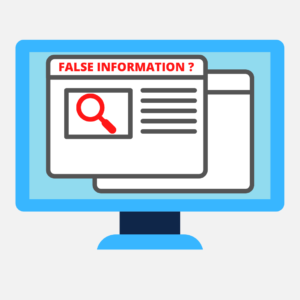 Many people may be familiar with the term ‘fake news’ – a term that is closely associated with political news stories. However, false information, or misinformation/disinformation is a better description because inaccurate or misleading information can be created about any topic including health, economics, or the environment.
Many people may be familiar with the term ‘fake news’ – a term that is closely associated with political news stories. However, false information, or misinformation/disinformation is a better description because inaccurate or misleading information can be created about any topic including health, economics, or the environment.
Prior to the internet, we mostly got our news and information from broadcast media and newspapers. These organisations are subject to strict codes of conduct, meaning that we could have a degree of confidence in the reliability of the information we were receiving. However, the internet and social media has made it very easy for anyone to publish content online, and potentially reach large audiences. Now, we can get a lot of our information from social media sites and networks which may have little or no editorial standards, and generally fall outside of the existing regulations that traditional media are subject to.
Being faced with so much content makes it more important than ever to be aware of where our information comes from, and to avoid mistakenly putting trust in information and sources online that are deceptive, ambiguous or false.
Why is False Information created?
There are several reasons why false or misleading information may be created.
-
-
- It may have been created to deliberately mislead the public, and to attempt to influence people’s attitude to a particular topic or issue. For example, to push a political agenda or to cause confusion and harm by spreading false information about a topic.
-
-
-
- Another reason that false information may be created is to make money – this type of content is called ‘clickbait’ content. The more clicks that a story gets, the more money an online publisher can make from advertising on the internet. Sensationalist and dramatic headlines are used to try to encourage users to click on a link, and view and share the content. These headlines are deliberately misleading or are an inaccurate representation of what is actually in the full article. These stories can spread with incredible speed on social media where only the headline and small snippets of the article are displayed on people’s newsfeeds.
-
-
-
- False information can also be shared but no harm is intended. For example, when a writer has not verified the accuracy of their information or has made a genuine mistake. False information can be created for parody, like satirical websites and social media accounts which publish stories for entertainment purposes.
-
Tips for Spotting False or Misinformation
How do you determine what information is accurate, and what is not? The best way to do this is to think critically about what you read, see, or hear.
Here are some simple tips to help judge what information is reliable and accurate, and what is not.
Who is sharing the story?
Check if the the social media account sharing the post is verified. Most public figures and media outlets display a “blue badge or check mark” which means the account has been authenticated. This can mean the content of the post is more likely to be reliable, although not always.
Check the URL/website address:
Does the website have a strange website address or url? False information articles may use domain names that look like a trusted news or media site, but with minor spelling changes.

Take a closer look:
Check the source of the story – is it a credible/reliable source? If you are unfamiliar with the site, look in the about section or find out more information about the author.
Look beyond the headline:
Check the entire article. Many false news stories use sensationalist or shocking headlines to grab attention, but a headline or social media post does not give the full story. Often the headlines used for false information are in all caps and use exclamation points.
Remember, the camera can lie:
Don’t assume that a picture is reliable. Images that have been altered, or even used out of context, can make it easy to draw the wrong conclusions.
Just because information goes viral does not mean that it is accurate.
False or misleading information can be designed to provoke a strong reaction and therefore increase the likelihood that people will be prompted to ‘share’ it. Social media and messaging platforms make it extremely easy for information to be shared quickly to many people.
Check other sources
Can you find the same information on other reputable news and media outlets? Are there any sources in the story? If so, check they are reliable or if they even exist.
Check the facts
False news stories often contain incorrect dates or altered timelines. It is also a good idea to check when the article was published, is it current or an old news story?
Check your biases.
Are your own views or beliefs affecting your judgement of how accurate or reliable a piece of information is? In general, we are all drawn to information that confirms our own beliefs or biases. Social media algorithms that are designed to give us news and information based on our personalised searches and interests make it harder to see beyond our own world view.
Is it a joke?
Satirical sites are popular online and sometimes it is not always clear whether a story is just a joke or parody. Check the website – is it known for satire or creating funny stories?
Ask the experts.
There are many organisations offering guidance and resources to help recognise false information, to empower people to make informed choices.
It can be a tricky situation to address when false information is shared by family or friends. Media Literacy Ireland has helpful advice and tips about what to do when you encounter false information that originates from a source that is close to home.
Read those tips here.
Useful Resources:
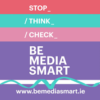 Be Media Smart – www.bemediasmart.ie #StopThinkCheck
Be Media Smart – www.bemediasmart.ie #StopThinkCheck
Developed by Media Literacy Ireland, Be Media Smart offers useful tips and guidance on how to tell the difference between reliable and accurate information and or deliberately false or misleading information.
 Media Literacy Ireland – www.medialiteracyireland.ie
Media Literacy Ireland – www.medialiteracyireland.ie
Facilitated by the Broadcasting Authority of Ireland, MLI is a network of volunteer members coming from a large number of sectors, organisations and interests, working together to empower people to make informed media choices about the media content and services that they consume, create, and disseminate across all platforms. The MLI offers useful media literacy resources, research, and news.
Fact-checking sources include:
Snopes: www.snopes.com
Politifact: www.politifact.com
Fact Check: www.factcheck.org
Google Reverse Image Search: https://images.google.com/
Explained: What is False Information?
With so much information at our fingertips, it can be easy to come across something online that isn’t quite as accurate or reliable as it should be.
This animation video examines the issue of false information, and supports the Junior Cycle Digital Media Literacy resource Connected.
More Support and Advice
The Webwise Parents Hub offers support including video interviews with experts, talking points on topics that may be difficult to discuss with your child, explainer guides for new apps and technologies, and lots more.
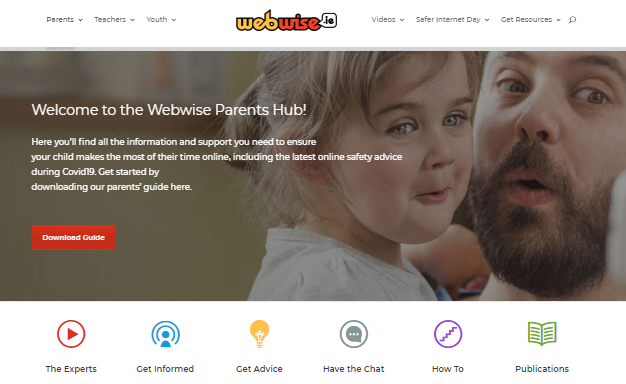
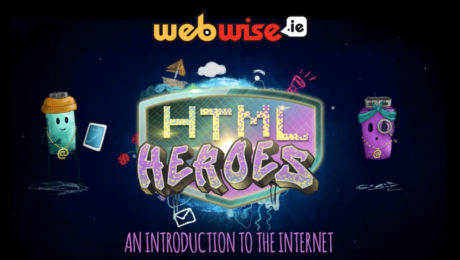
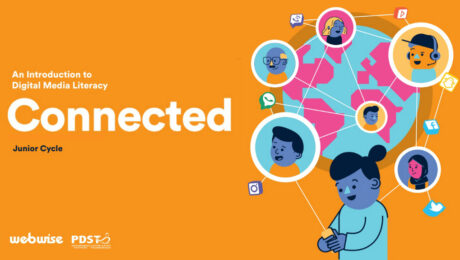
Digital Media Literacy Resources for Teachers and Young People
While young people can be considered ‘digital natives’, it is important that they are supported to develop the digital media literacy skills to engage safely and positively with technology and media, and have a greater understanding of the role it has in their lives and that of society generally.
To address this, Webwise has developed a range of education resources and explainer videos that explore digital media literacy topics for both primary and post-primary level. These resources examine key issues such as Online Wellbeing; What to Trust Online; Online Advertising Privacy; News, Information and the Problems of False Information; Big Data and the Data Economy; and Rights Online.


